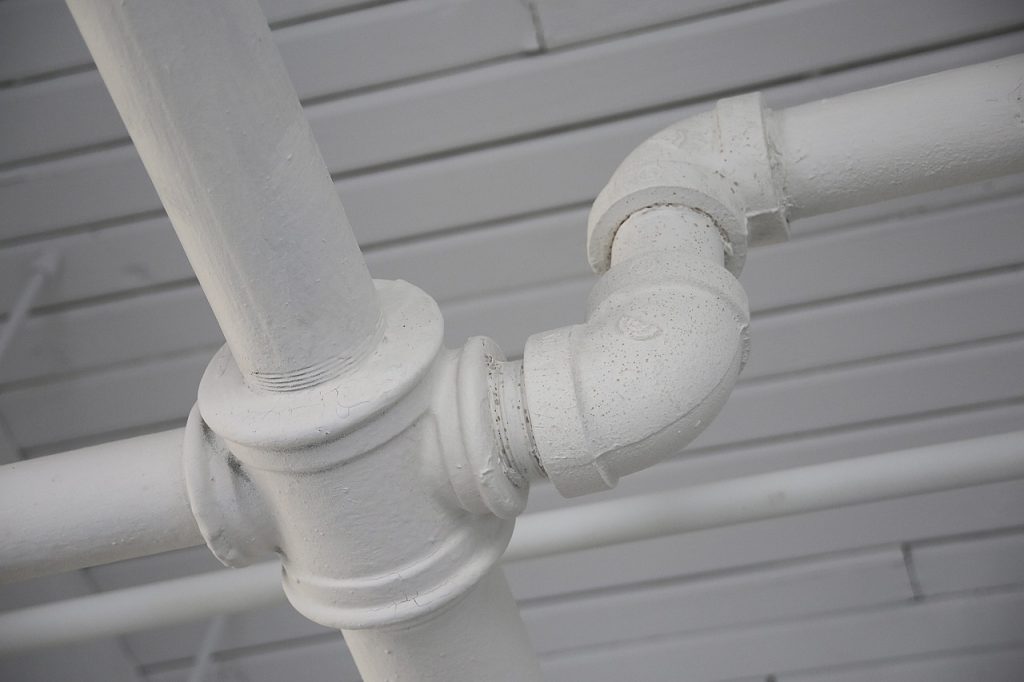Pipe rerouting
Pipe rerouting

Pipe Rerouting Services Toronto
Pipe rerouting is a crucial plumbing service that can significantly enhance the efficiency and functionality of your home or business. Whether you’re undergoing a renovation, dealing with outdated plumbing, or addressing issues related to leaks or blockages, this service provides a vital solution. In Toronto, where various environmental factors can impact plumbing systems, expert rerouting can prevent costly damage and ensure your water supply operates seamlessly.
Understanding Pipe Rerouting
At its core, pipe rerouting involves relocating existing plumbing lines to accommodate changes in the structure, enhance water flow, or address issues like leaks and corrosion. This process may be necessary during renovations, where new appliances are installed, or rooms are added. Homeowners often find that their current plumbing layout is inadequate for their needs, necessitating professional rerouting.
The importance of this service cannot be overstated. Aging pipes can lead to frequent leaks, reduced water pressure, and even the risk of water damage to your property. By rerouting your pipes, you can eliminate these risks and enjoy a more efficient plumbing system.
Benefits of Pipe Rerouting
Enhanced Water Flow: One of the primary advantages of rerouting pipes is improved water flow. Over time, pipes can become obstructed due to mineral buildup, corrosion, or even shifting foundations. Rerouting allows for a more direct and unobstructed path for water to travel, which can lead to better pressure and faster access to water when needed.
Increased Efficiency: An efficient plumbing system is essential for conserving water and energy. By rerouting pipes, unnecessary bends and turns can be eliminated, reducing the amount of water that is wasted. This efficiency not only benefits your utility bills but also supports environmentally friendly practices.
Preventing Damage: Aging or damaged pipes can cause serious issues, including leaks that may lead to mold growth or structural damage. Rerouting allows for the replacement of old pipes with new, durable materials, minimizing the risk of future problems. This proactive approach can save you time and money in the long run by avoiding costly repairs and water damage.
Flexibility for Future Needs: Whether you plan to expand your living space or add new appliances, rerouting provides the flexibility to accommodate these changes. By adjusting the layout of your plumbing, you can easily incorporate new fixtures or appliances without significant disruption to your existing system.
Improved Aesthetics: In addition to the functional benefits, rerouting pipes can enhance the overall appearance of your space. Exposed plumbing can detract from the aesthetic of your home or business. By relocating pipes behind walls or in ceilings, the interior can maintain a cleaner, more polished look.
The Rerouting Process
The process of rerouting pipes typically involves several key steps, all of which are best handled by experienced professionals.
Assessment: The first step involves a thorough inspection of your current plumbing system. Professionals will evaluate the condition of your pipes, identify any issues, and determine the best approach for rerouting. This assessment is critical to developing an effective plan.
Planning: Once the assessment is complete, a detailed plan will be created. This plan will outline the new layout of your plumbing, including the types of materials to be used and the expected timeline for the project. A well-thought-out plan ensures that the rerouting process proceeds smoothly.
Execution: With the plan in place, the rerouting process begins. This may involve cutting into walls or floors to access existing pipes, removing old materials, and installing new ones. Professionals use specialized tools and techniques to ensure that the work is completed efficiently and to a high standard.
Testing: After the rerouting is complete, thorough testing is conducted to ensure that the new system functions correctly. This step is crucial for identifying any potential leaks or issues before the project is considered complete.
Finishing Touches: Once testing is successful, finishing touches will be added. This may include patching walls, repainting, and ensuring that everything is restored to its original state or improved.
Why Choose Professional Services?
While some may consider DIY plumbing work, rerouting pipes is a complex task that requires specialized knowledge and experience. Hiring professionals ensures that the job is done correctly, safely, and efficiently.
Professional plumbers have the skills to navigate any challenges that arise during the rerouting process, ensuring that your plumbing system is not only functional but also compliant with local building codes and regulations. Additionally, reputable plumbing companies often provide warranties on their work, giving you peace of mind that your investment is protected.
Pipe rerouting is an essential service for any homeowner or business owner looking to enhance their plumbing system’s efficiency and functionality. With the right professionals, you can ensure that your plumbing meets your needs while preventing future issues. If you’re considering renovations or experiencing plumbing problems, exploring the benefits of pipe rerouting can lead to a more reliable and efficient system. Invest in your property’s plumbing today and enjoy the many advantages of a well-planned rerouting project.
FAQs
Rerouting plumbing can vary in difficulty depending on factors such as the complexity of the existing system, the type of pipes being used, and the accessibility of the area where the work is being done. Rerouting often requires cutting through walls, floors, or ceilings, so it’s generally best handled by a professional plumber who has the necessary skills and equipment.
A pipe reroute involves redirecting the existing plumbing lines to a new path. This is commonly done when there are leaks in hard-to-reach places, during remodeling projects, or if a section of pipe needs to be bypassed due to damage. Rerouting can help minimize repair costs and avoid major structural changes.
To connect one pipe to another, a plumber typically uses couplings or fittings that are compatible with the material and size of the pipes. They may also use specific tools, such as soldering equipment for copper pipes or PVC cement for plastic pipes. Proper connections ensure a leak-proof seal and are crucial for maintaining the integrity of the plumbing system.
It is not recommended to hang a pipe directly from another pipe, as it can strain the pipes and lead to damage or leaks. Instead, pipes should be secured using brackets, hangers, or other mounting hardware designed for supporting plumbing systems. These provide proper support and help prevent unnecessary stress on the pipes.
